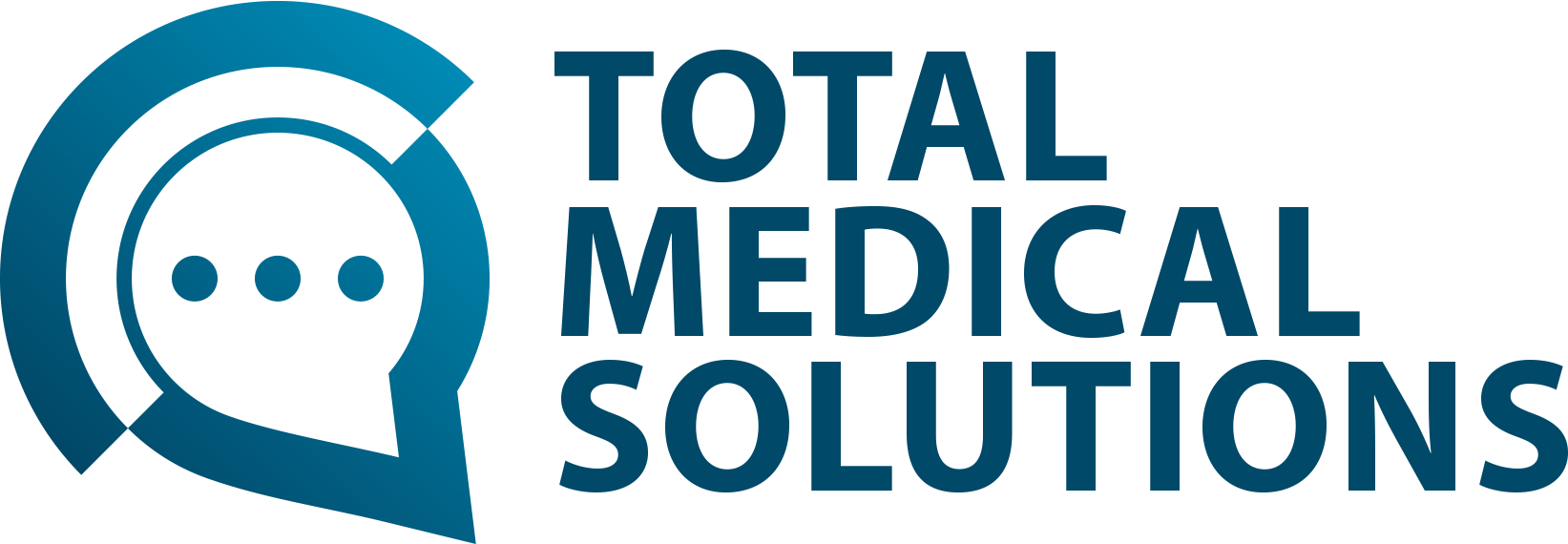Medicare Risk Adjustment Services
- Home
- Medicare Risk Adjustment Services
MRA Services
Medicare Risk Adjustment (MRA) is a process that adjusts Medicare payments to health plans based on the health status of their members. The Centers for Medicare & Medicaid Services (CMS) uses MRA to ensure that health plans are paid fairly and appropriately for the care they provide to Medicare beneficiaries.
MRA is important because it helps to:
- Ensure fair payments : MRA ensures that providers are paid fairly and accurately for the care they provide.
- Ensure adequate funding : MRA ensures that health plans are adequately funded to provide care for their members.
- Avoid expensive patients : MRA helps to avoid providers caring for patients who are more expensive to treat.
- Risk adjustment methods vary across payers and programs. For example, in Medicare Advantage, payments are adjusted annually.
Risk adjustment is a crucial mechanism in healthcare financing and delivery that serves multiple important purposes:
Equitable Cost Estimation
Risk adjustment is used to predict the expected healthcare costs for individual patients over a specific period, typically a year, based on their unique health profiles. This process takes into account various factors such as:
- Demographic information (age, gender)
- Diagnosed medical conditions
- Severity of illnesses
- Comorbidities
By considering these factors, risk adjustment provides a more accurate estimation of the resources required to treat each patient effectively.

Fair Provider Compensation
One of the primary objectives of risk adjustment is to ensure that healthcare providers are compensated fairly for the patients they treat. This system recognizes that:
- Patients with complex health needs require more resources and care
- Healthier patients generally need fewer services and are less costly to treat
By adjusting payments based on patient risk profiles, the system allocates higher reimbursements for providers treating patients with more severe health conditions. This approach helps to:
- Discourage “cherry-picking” of healthier patients
- Encourage providers to accept and treat patients with diverse health needs

Promoting Quality Care
By aligning financial incentives with patient needs, risk adjustment encourages providers to:
- Focus on delivering high-quality care to all patients, regardless of their health status
- Invest in resources and expertise to manage complex cases effectively
- Implement comprehensive care management strategies for patients with chronic conditions
In essence, risk adjustment is a vital tool that helps create a more equitable, efficient, and patient-centered healthcare system by recognizing the diverse healthcare needs of different individuals and ensuring that providers are appropriately compensated for meeting those needs.
Leveling the Playing Field
Risk adjustment acts as an equalizer in the healthcare system by acknowledging the inherent differences in patient populations. This leveling effect has several benefits:
- It allows for more meaningful comparisons of provider performance and quality metrics
- It reduces the financial disincentives associated with treating sicker patients
- It promotes a more balanced distribution of patients across different healthcare providers and settings
Risk adjustment optimization
Risk adjustment optimization is a process used to manage risk in healthcare. It helps identify high risk enrollees or sicker patients at higher risk for complications or poor health outcomes, and then creates a plan to address those health status risks. Successful risk adjustment optimization involves using encounter data to create models that predict how likely a patient is to experience a certain health outcome. This information can then be used to develop targeted interventions for high-risk patients.
There are several different types of data that can be used for risk adjustment or risk score optimization, including claims data, clinical data, and demographic data. Claims data includes information on health status like diagnoses, procedures, and medications. Clinical data includes information from laboratory tests, vital signs, and medical records. Demographic data includes information on age, gender, race, and zip code.
Different types of data can be combined to create more accurate risk coding models. For example, claims data and clinical data can be used together to create a model that predicts the likelihood of a patient being readmitted to the hospital.
Successful risk adjustment or risk score optimization is a complex process, but it is an important tool for managing any risk adjustment program in healthcare. By using encounter data in the medical record and risk adjustment software to identify high-risk patients, providers can develop targeted interventions that can improve patient outcomes and reduce the overall cost of care.
JOIN US
Trusted by Leading Healthcare Organizations
Proven reliability across industries. Join the ranks of satisfied global clients.








Consult with Our Experts
With our expertise, you’ll experience improved compliance with regulatory standards, streamlined revenue cycles that maximize efficiency and profitability, and enhanced patient satisfaction through comprehensive support and service improvements. We’re dedicated to delivering solutions that empower your practice to achieve lasting success in today’s complex healthcare landscape.
FAQs
Frequently Asked Questions
Business Process Outsourcing (BPO) in healthcare refers to outsourcing non-clinical administrative tasks such as medical billing, coding, customer service, and data management to a third-party healthcare business outsourcing company. This helps healthcare organizations reduce costs, improve processes, and focus on providing better patient care.
Outsourcing in healthcare is important as it allows organizations to focus on delivering high-quality patient care while reducing costs, improving efficiency, and streamlining administrative tasks. Healthcare outsourcing service providers offer specialized expertise and technology to help healthcare organizations achieve their goals.
Outsourcing healthcare BPO services can improve quality by freeing resources and allowing your resources to focus on delivering high-quality patient care.
Healthcare companies can ensure compliance by thoroughly researching and selecting a reputable healthcare business outsourcing company, having clear contracts and expectations, and continuously monitoring and auditing the provider's performance.
Companies should consider the provider's experience and expertise in the healthcare industry, their reputation and track record, the level of customer support and services offered, and the cost and overall value of the partnership. At Invensis, we deliver efficient healthcare BPO services that boost your productivity.

